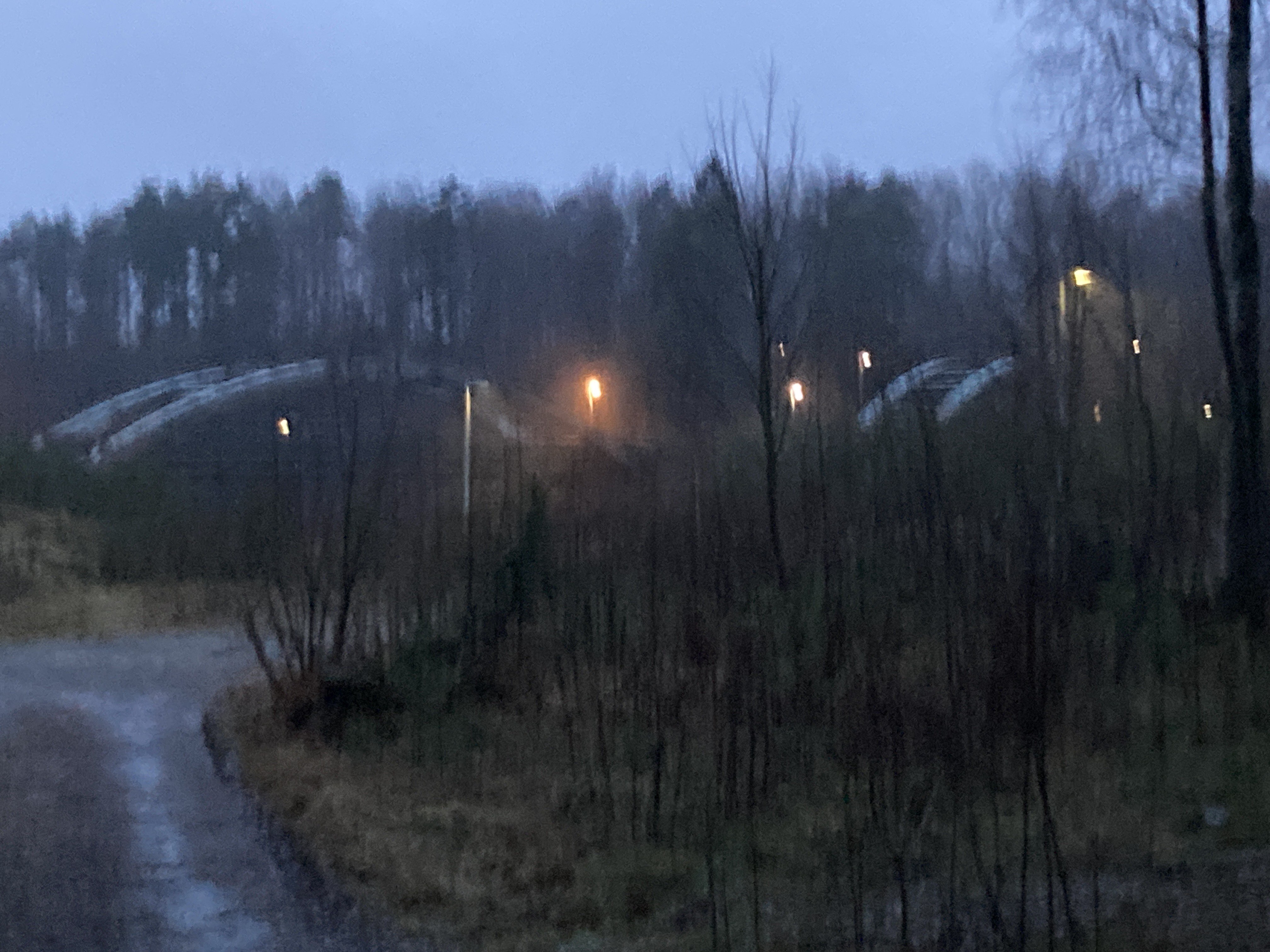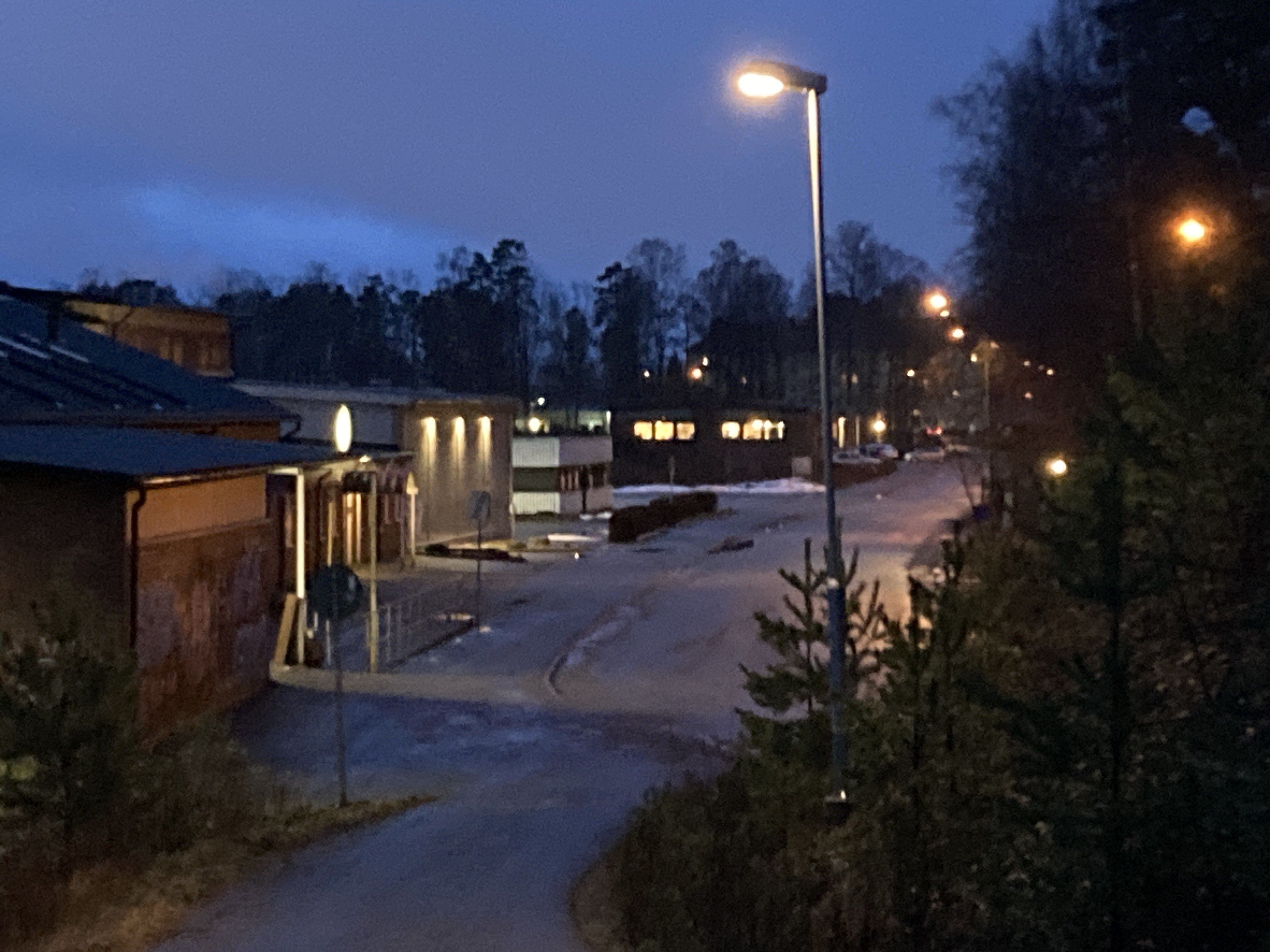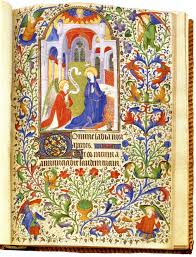Introduction
When creating a narrative, it is up to the author to make the world around the text itself. When it comes to real world stories is this a relatively straightforward task. The references exist to draw upon, and more importantly, there are already rules that the reader will understand. The more removed from this common ground, the more the text needs to explain how it works.
There is an interesting problem in writing, and movie making, where you have a set a specific time to explain how a narrative works, and how the fictional setting works. The more time spent on making a setting work, the less time you can spend on the narrative itself, but without explaining the narrative the story might not work as well.
The less you explain the more holes are allowed to be filled in the text. There is less of a narrative background, and it is more difficult to explain and understand the text when thought about outside of the premise. The more the text is set in a world that is dissimilar to our own, the more things need to be explained, and the more space must be given for the audience to get used to how the world and narrative works.
Pixar movies
Pixar, the branch of Disney has made a large number of amazing 3D animations and narratives over the years, and are very much pioneers in the field. Their stories are heartfelt, complex and often focus on family, friendship and loyalty. Very much following the stories of older Disney filmed. The pixar films are often very good at putting effective visuals to the narrative they are presenting. often is the fact that most, if not all their main characters in the early movies are not human. This allows them to discuss hard questions via proxy- By using humanised robots, toys or cars can you tell stories of death, growing up and loss without having explicitly tying them to humans. THere also let’s be honest, it’s a lot easier to monetize.
With that said, does many of their earlier films have things and settings that are very abstract, and can be downright strange if they are set under too much consideration. This is not a fault of these films, and not a criticism of the art, but rather an interesting analysis of how different stories are told,and what consequences the choices as well as restrictions are set on to a film.
A bug’s life: gender and sex in the insect world
A bug’s life is an interesting little film, and a grand example of early 3d. It is a classic pop cultural exploration of the time. One fascinating thing that seems to plague every animated film about swarming insects, is the concept of gender. In both bugs life, ants and in the bee movie are the main character, the downtrodden worker, a man, while all colones in reality are made out of almost exclusively women.
Cars: classism and racism
Cars is one of the most abstract films that the studio has made, while being the most straightforward on the surface. On a narrative level it is a simple tale of a popup superstar learning the joy of the little things, and the slow life. It is also a love letter to a certain american small town that may or may not have ever existed. It is nostalgic and feels like a good lesson in a simple but enjoyable tale.
The largest consist and the gimmick of the tale is the fact that every character is some sort of car or other kind of vehicle. There seems to be no humans in the setting, and they are never mentioned. With that said, do we later learn that cars are constructed, and it seems that most are made for a specific role in mind. Lighting Mcqueen is a race car so he races, his semi truck driver is made to transport cars, so he transports Lighting Mqueen.
There are some cars shown to not have a clear role to serve, and one school bus is working as a wrestler, or the car related version of wrestling. The general public seems to be made out of personal cars with no job related to them. In the later movies it is introduced that there are new models of cars being made and built explicitly. Before it was implicit since there are older and newer models of cars, especially in the racing circuit where old models are being retired for the newer faster cars to take their place.
Toy story: Rules with no consequences, eternal servitude
There is a rule in the toy story universe where the toys must never be seen to be alive by humans. This is clearly a reference to the raggedy ann movies where the toys die if the humans see a toy moving, that toy dies. This is initially set up as somewhat of a rule in the first movie, until the climactic finale where the toy tortures a struggling depressed from a poor family for the crime of taking out his aggression on inanimate objects. There can be argued that the scare helped ZId, as his behavior could be seen as early
Later it is proven that the toys are not aware originally that they are toys and indeed believe that they are the person they are emptying. Making the rules about not being seen even more strange. In the third movie the implications of being a toe is being seen as a toy, ergo the craft comes to life. A concept that deepens the rabbit hole even further.
The rules are expanded and changed between the movies and does not entirely keep to the same internal logic. Something that is understandable since the goal is not to make a deep deconstruction on how toys work in the universe, but rather themes of growing up and family and aging.
Conclusions
Note that none of these critiques are meant to be critical of the texts, but rather how texts can be formed and presented when the goal is not to make a cohesive world but rather to present morals and a sense of a narrative. The early pixar movies are not meant to be deconstructed in this way. They are meant to present tales and lessons to kids, and in this way they are highly effective.
I write this text as a fun way to discuss and think about narratives, and the implications of what sections in storytelling can lead to. A way of peeling back the curtains and looking behind the walls of narrative writing. There are always limits for what you can tell in a story, there are boundaries for when a story starts and where it ends. You must choose what to tell and what to be left implied. The more fantastical a tale, the more things need to either be explained or left unsaid. For every sentence you lay on explaining a world or a narrative, is a sentence you can not use to drive the narrative forward.
This is why some fantasies can often either feel like they are giving you a lecture, or leaving you in the dark on how the world works. It is a delicate balance to tread, one that I myself struggle with a lot.
The wonder with analysing texts is that it will inevitably tell you something about yourself in the process. Just like telling a story, is there a limit for how much you can say in one analysis before it gets too long, too complex and granular. In this text I have focused on the holes in the canvas of a tale, the places where the set stops. I have done this because it inevitably opens a lot of room for imagination and contemplation.
I can not tell why these decisions were made, only that they were, and that me and many others have noticed them in one way or another. everything we write and not write into a text will have a reaction from the reader. the reader will understand it in one way or another. That is the joy of storytelling, you never have the entire picture, a story is always created in collaboration with the reader.




















